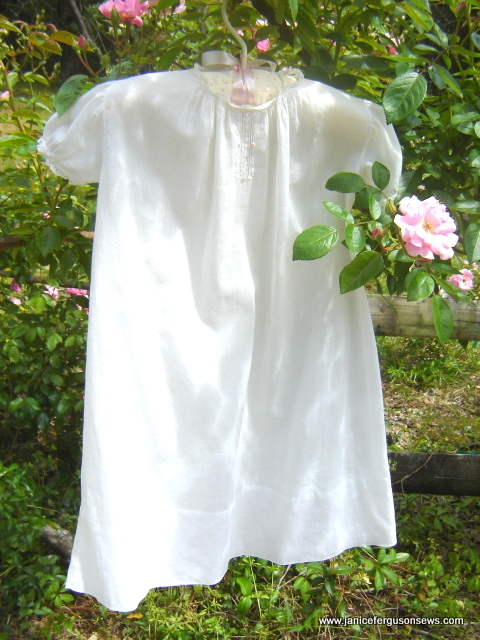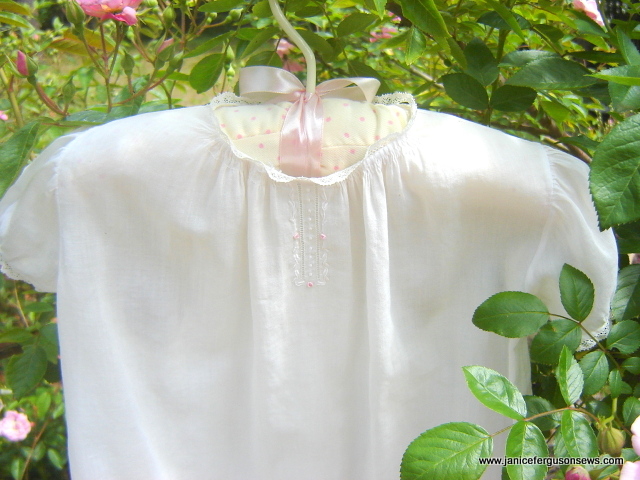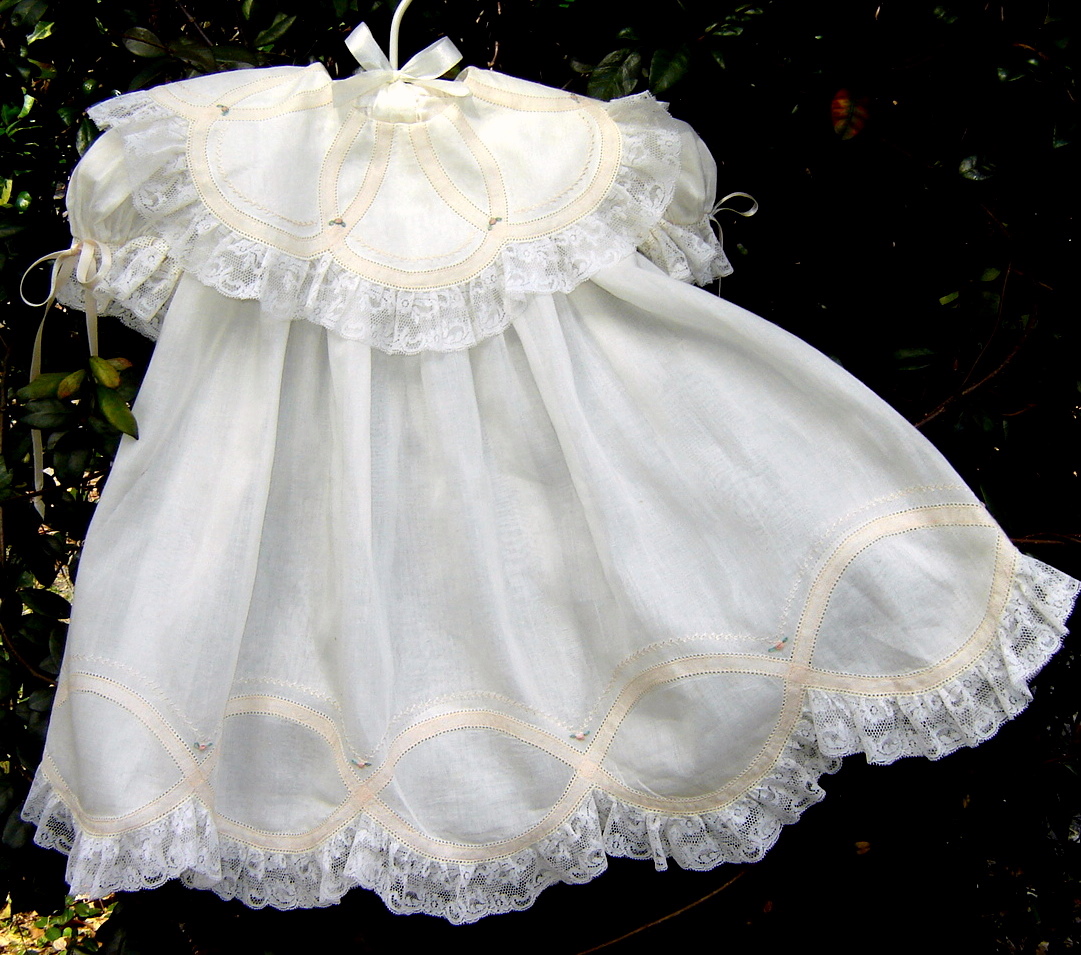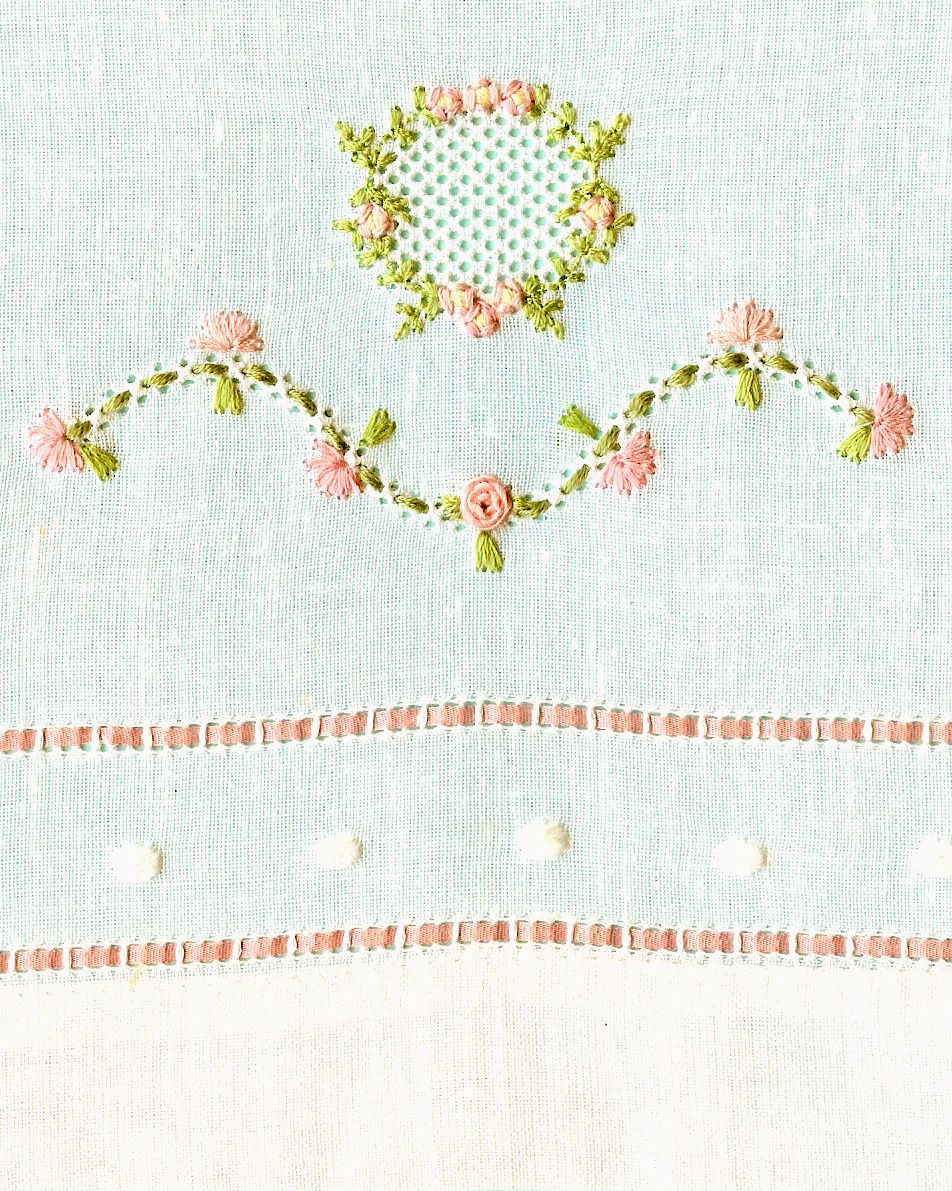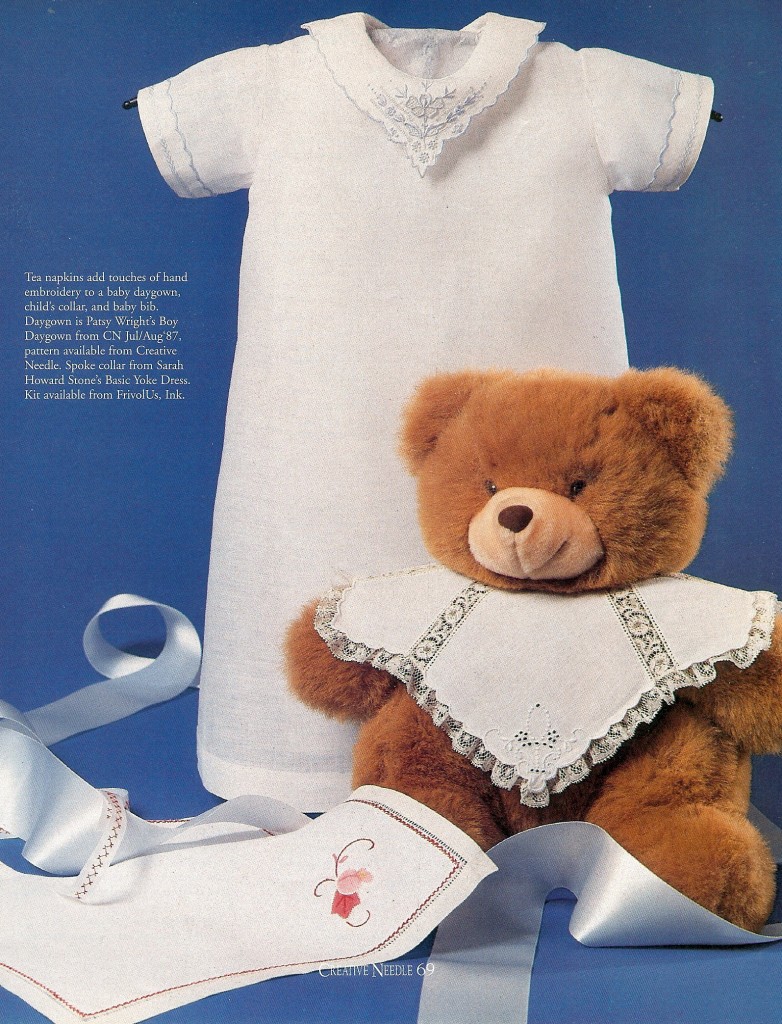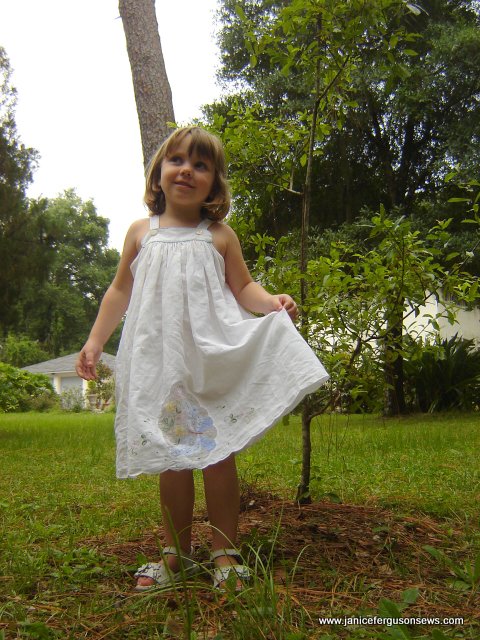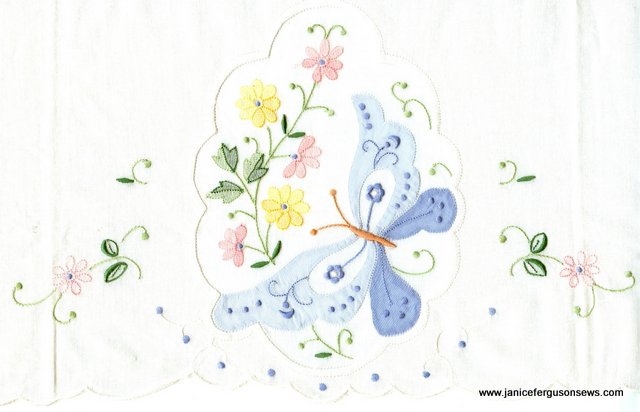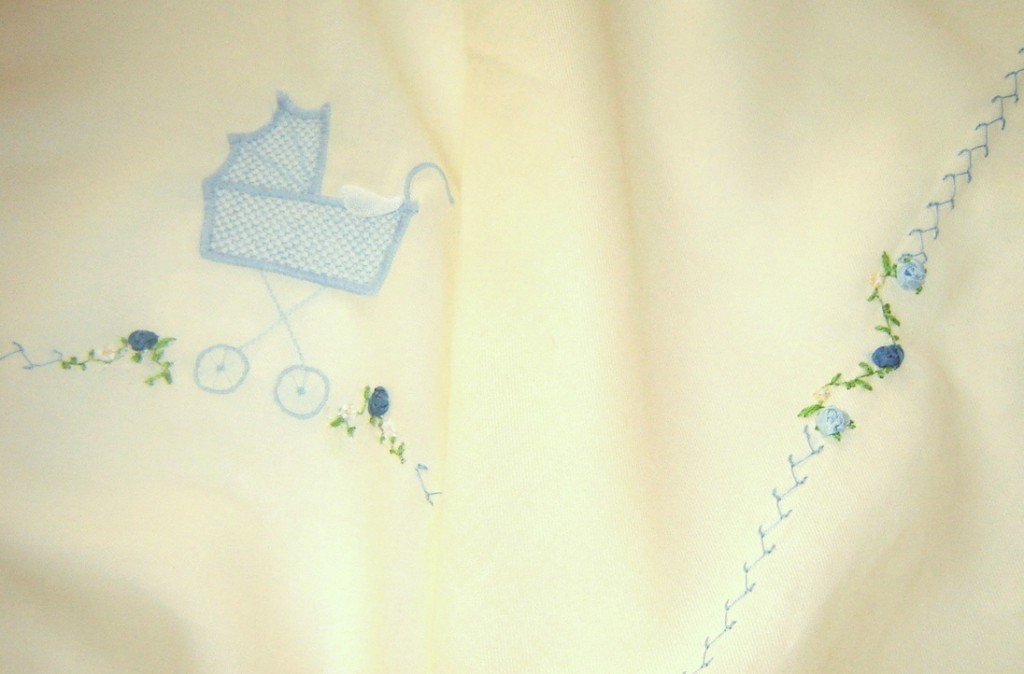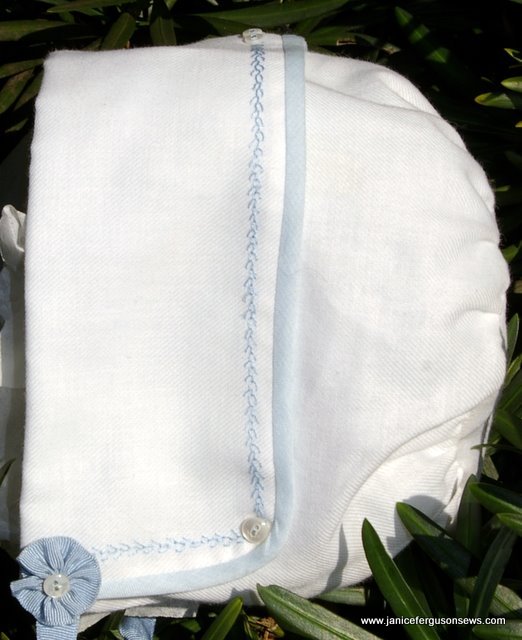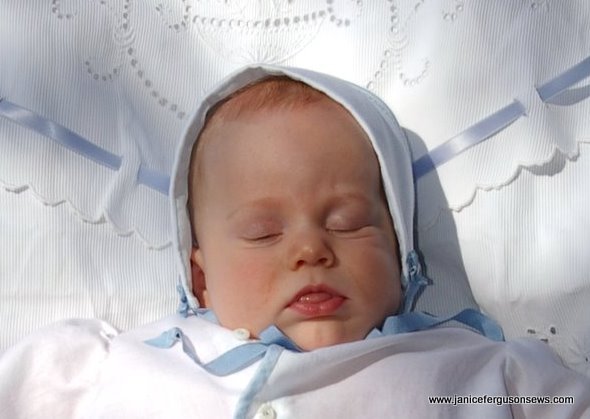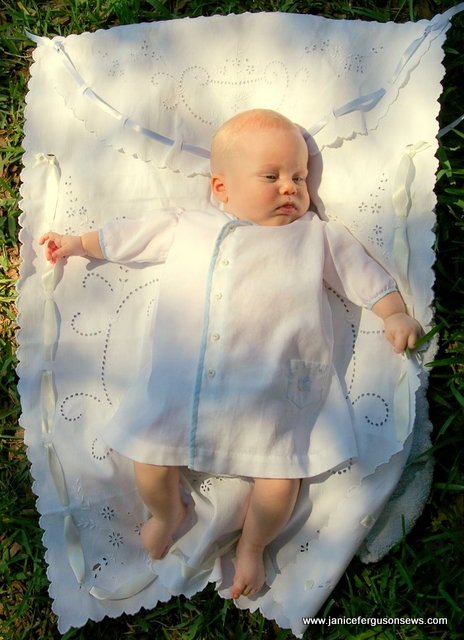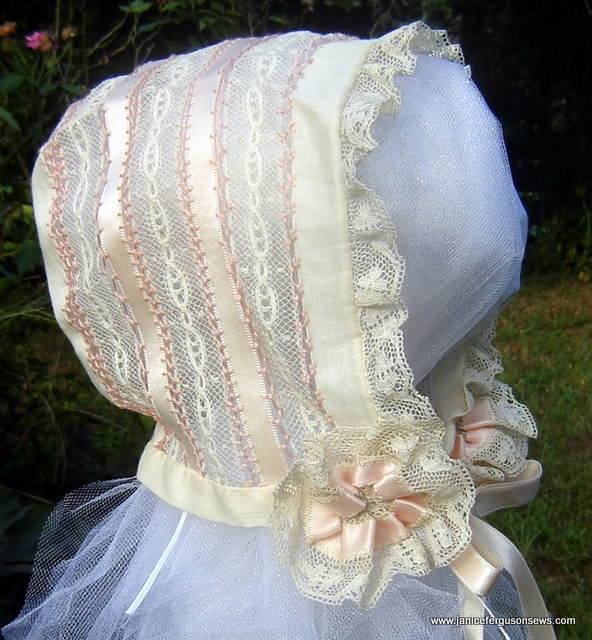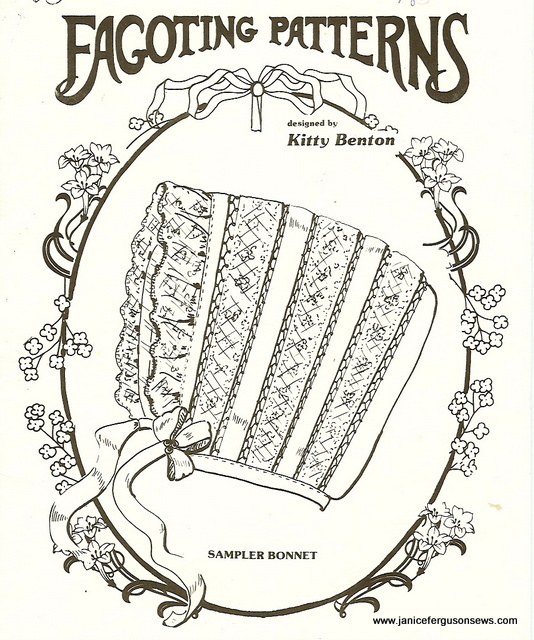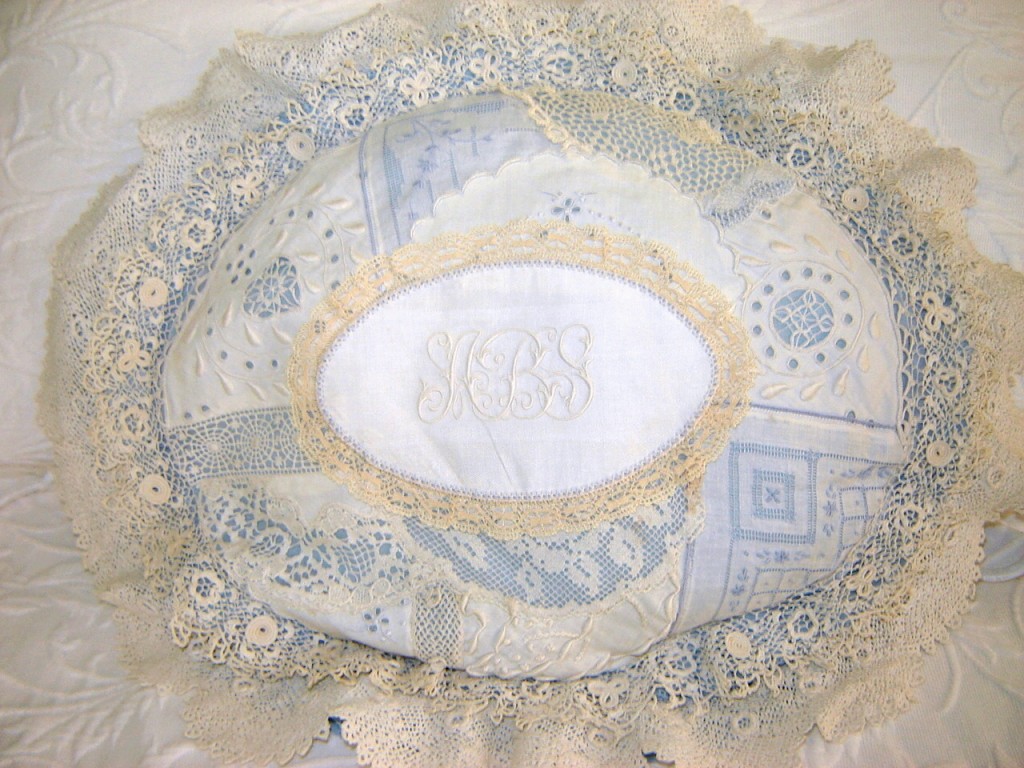
So often, bits and pieces are all that remains of what once was a spectacular piece of needlework. It’s likely that I have hoarding tendencies, because the idea of throwing away the beautiful stitches of an unknown and long since departed kindred spirit is abhorrent to me. And I have boxes of these bits and pieces to prove it.
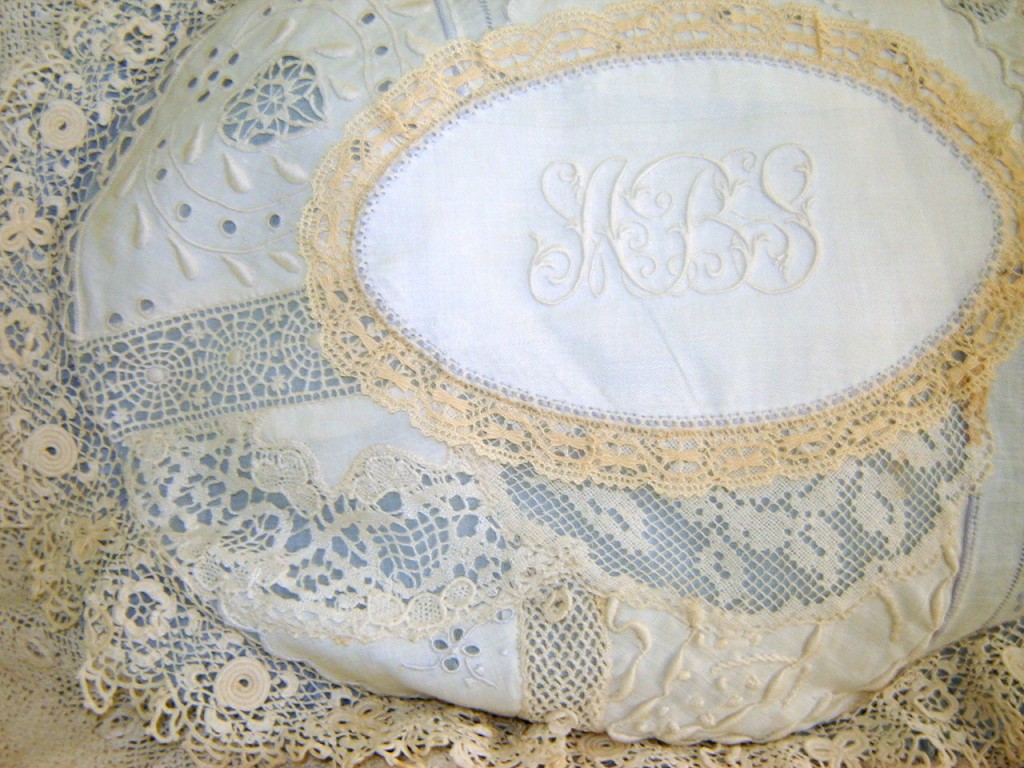
No doubt one or two of these are lace pieces from Queen Elizabeth's play dresses.
So often, bits and pieces are all that remains of what once was a spectacular piece of needlework. It’s likely that I have hoarding tendencies, because the idea of throwing away the beautiful stitches of an unknown and long since departed kindred spirit is abhorrent to me. And I have boxes of these bits and pieces to prove it.
Crazy patch is my preferred technique for these items.  Pillows seem particularly suitable as they are laundered infrequently, putting the aged beauties at less risk of damage. This pillow is made of some of the remnants in my stash. Each tells a silent story, the tale of its origin which I plot out as I stitch the pieces together. Continue reading →

